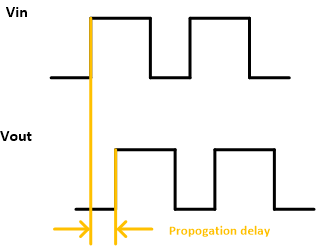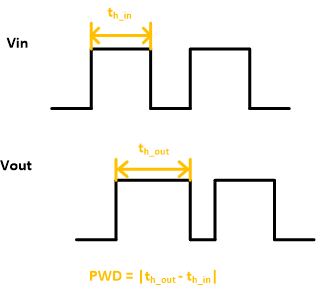Dear team,
I'm not 100% certain of how the different skew times play together regarding the overall skew.
One of the times is t_sk(pp), the part-to-part skew time which is 4.4ns for the given device. I read the data so that when multiple inputs switch in the same direction (either HL or LH) the difference in propagation delay will be 4.4ns at max. between the slowest and the fastest propagation time.
The other time is PWD, the pulse width distortion, which is 5ns for this device and describes the difference in propagation times between a HL and a LH change of the input.
For me that would mean that the worst case difference in propagation times can add up to 9.4ns if the part to part skew is at its limit and if two signals switch in different directions (one signal HL, another LH) and the PWD is also at its maximum value.
Is my assumption correct or do I miss something?
With best regards,
Torsten Lang



